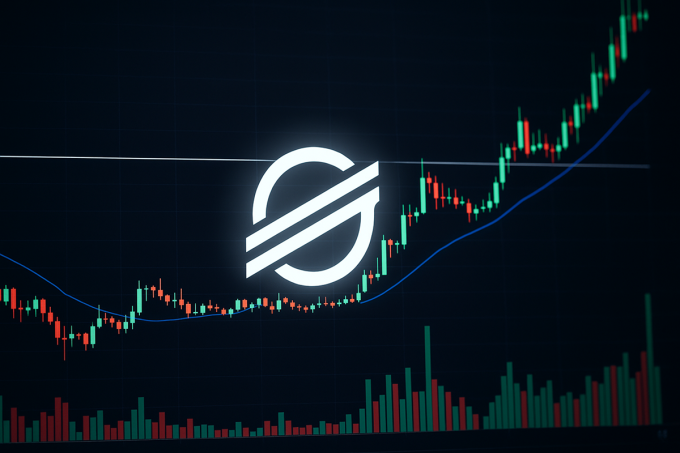Key Points:
-
Acting CFTC Chair Caroline Pham is driving a push to integrate stablecoins as tokenized collateral in derivatives markets.
-
The initiative invites industry feedback on margin frameworks, with a public comment period open until October 20.
-
Market participants see the policy as a potential catalyst for broader crypto adoption in U.S. financial markets.
Pham Champions Crypto Inclusion in U.S. Derivatives
Caroline Pham, the acting chair of the U.S. Commodity Futures Trading Commission (CFTC), is spearheading an aggressive “crypto sprint” aimed at modernizing derivatives markets through tokenization. Her latest initiative seeks to allow stablecoins to serve as tokenized collateral for margin requirements, a move that could significantly deepen crypto’s integration into traditional finance.
Pham emphasized the importance of this initiative, stating, “For years I have said that collateral management is the ‘killer app’ for stablecoins in markets. I’m excited to announce the launch of this initiative to work closely with stakeholders to enable the use of tokenized collateral including stablecoins.”
The CFTC is inviting feedback from market participants, fintech firms, and crypto exchanges, with comments due by October 20. The agency aims to establish a framework that balances regulatory oversight with operational flexibility, helping derivatives traders and financial institutions leverage stablecoins in a compliant manner.
Tokenized Collateral: Mechanics and Market Impact
Tokenized collateral, particularly stablecoins pegged to the U.S. dollar, could transform how margin requirements are met across futures, swaps, and options markets. Unlike traditional cash or securities, stablecoins offer instant settlement, programmable contracts, and borderless liquidity, which may reduce friction in large-scale derivatives transactions.
Market experts note that the CFTC’s move aligns with broader trends in digital asset adoption. U.S. spot Bitcoin ETFs have recently seen inflows exceeding $2.8 billion since early September, reflecting heightened institutional appetite for regulated crypto products. Allowing tokenized collateral could expand these markets further, providing a pathway for derivatives participants to manage positions more efficiently.
Regulatory Collaboration and Industry Response
Pham’s initiative comes amid delays in the confirmation of former Commissioner Brian Quintenz as permanent CFTC chair. In the interim, Pham has taken a proactive stance, collaborating closely with SEC Chairman Paul Atkins and other regulators to align policy frameworks across digital assets.
Industry stakeholders have broadly welcomed the effort. Executives from Circle, Coinbase, and Ripple expressed support in the CFTC’s press release, highlighting the potential for improved liquidity, reduced capital inefficiencies, and safer market operations.
Pham noted that the initiative could also help U.S. financial markets remain competitive globally. “These market improvements will unleash U.S. economic growth because market participants can put their dollars to work smarter and go further,” she said.
Strategic Implications for Market Participants
The CFTC’s stablecoin-backed collateral initiative signals a shift toward regulated innovation in U.S. crypto markets. By creating a safe framework for tokenized assets, the agency is encouraging institutions to adopt blockchain-based solutions while mitigating systemic risk.
Investors and derivatives traders may view this as a strategic opportunity to leverage stablecoin liquidity for capital efficiency, potentially enhancing yield and operational flexibility. However, adoption depends on successful rulemaking, technological integration, and ongoing collaboration between regulators and market participants.
As the public comment period progresses, industry feedback will likely shape final policy, which could set a precedent for further integration of digital assets into mainstream finance.













Leave a comment